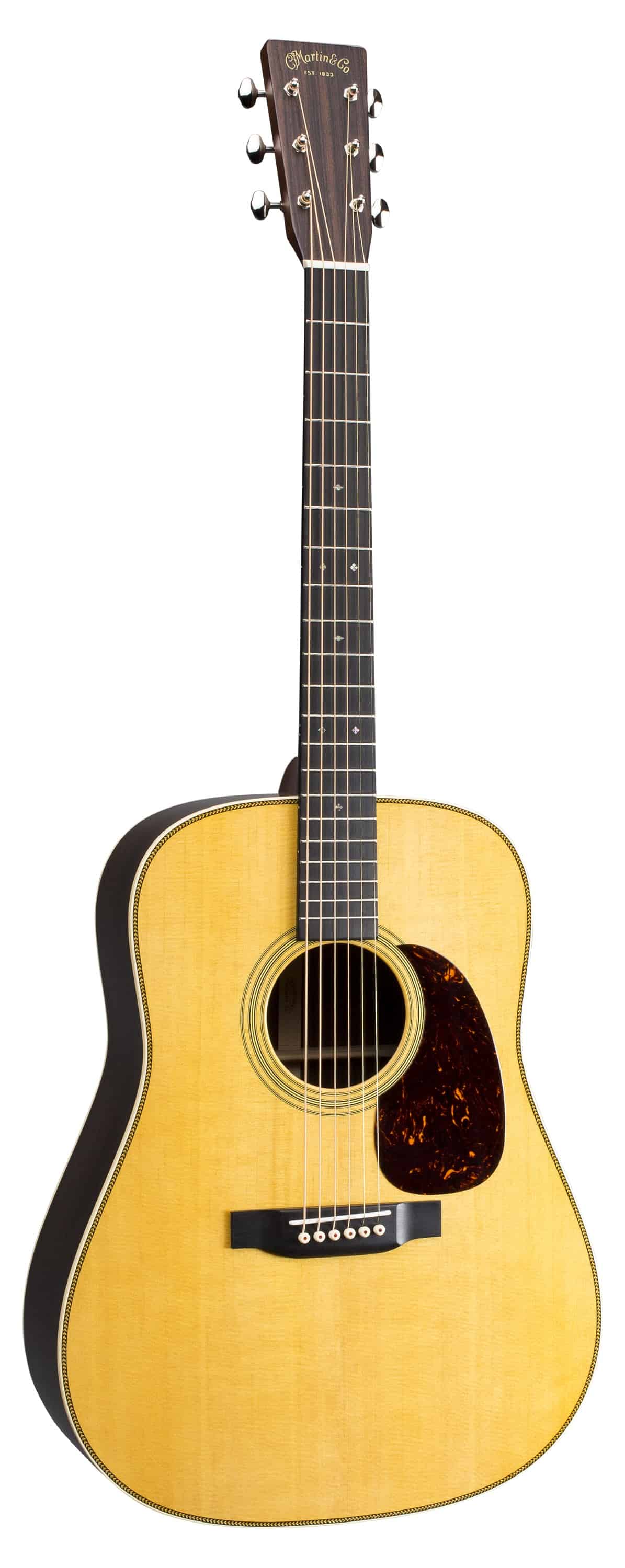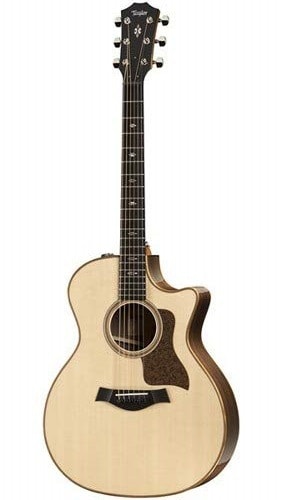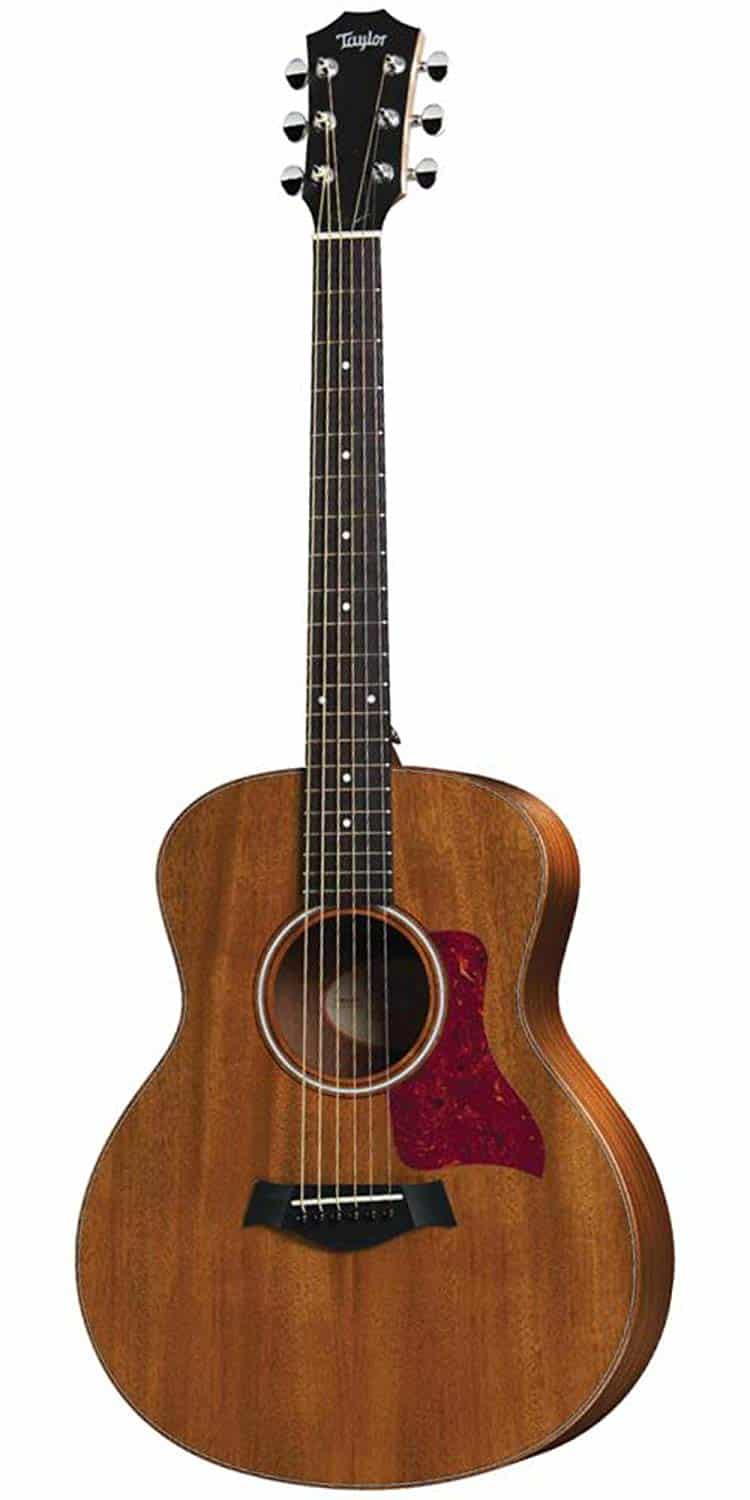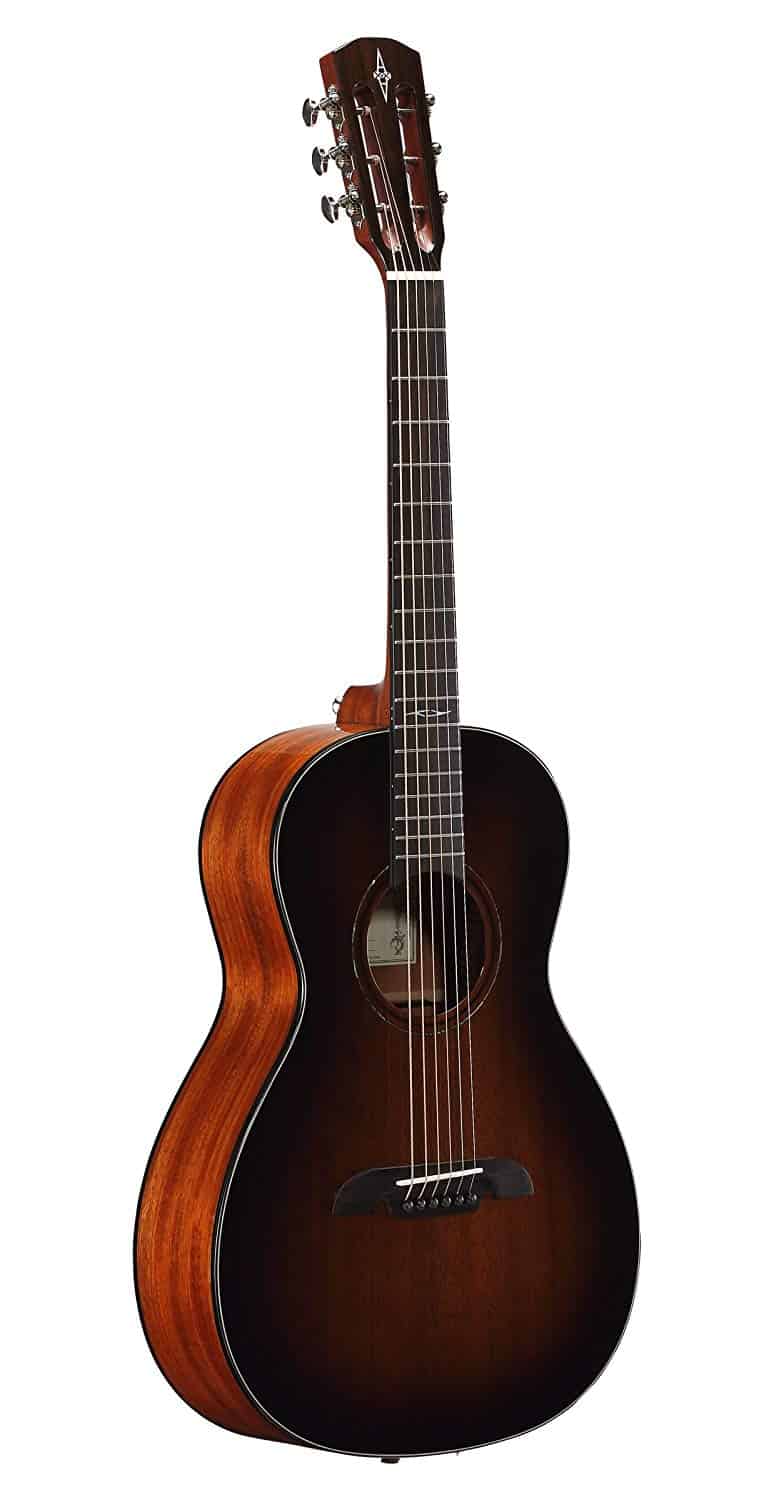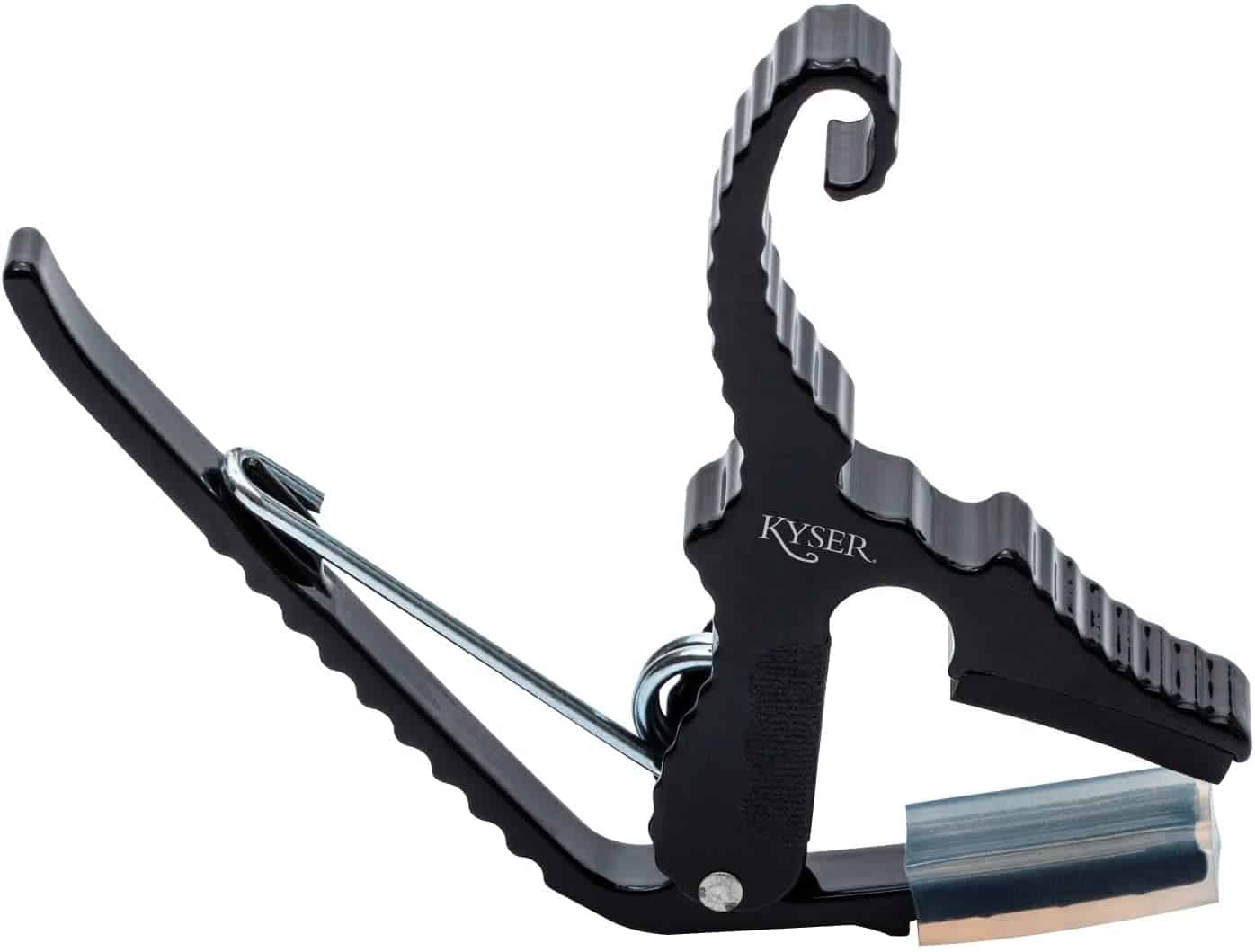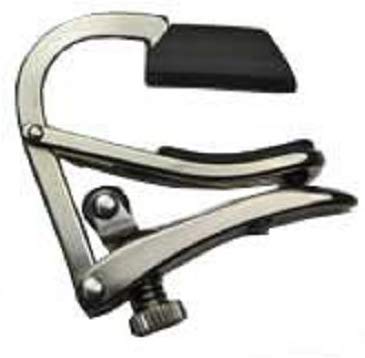Why work so hard? Change keys in an instant with the use of a capo...

By James Wall
Every guitarist whether they be a journeyman, or a novice have likely faced one of these challenges:
- A song was written in a key that is too cumbersome to fret and manage the transitions
- A need to quickly transpose a song to a different key for a singer
- Looking for a tone of an open chord while playing in the upper register
Shortly after encountering one of these scenarios, you will find yourself evaluating the best guitar capos available. After you get your capo, you may want to check out our Guitar Capo Chart to quickly get up and running with your new capo.
To help you narrow things down, here are some models we consider to be the better choices available. After the list, be sure check out our Capo Buying Guide at the end of the post to assist you in some of the features to consider when looking for a capo.
Our top choice for Best Guitar Capo
Reasons to buy:
- Easy to Use
- Several color choices (Noir, Nickel, Steel, Brass)
- Adjustable Tension
- Even Pressure on Strings
- Durable Solid Steel Construction
Reasons to avoid:
- Doesn't fit all 12 string guitars requiring you to buy the 12 string model for wider neck guitars.
Quick links to different topics:
- Best Overall: Shubb S1
- Quick Change: Kyser Quick Change
- Performance: G7th Performance Capo
- Versatile: Glider Capo
- For Alternate Tuning: Spider Capo
- Guide to Best Guitar Capos
- Specialty Guitar Capos
Image | Product | Benefits |
|---|---|---|
Best Guitar Capos Available - Acoustic and Electric
1. Shubb S1 Stainless Steel Guitar Capo for Steel String Guitars
Our top pick
User Rating
Product Details
-Think pad that simulates your finger for accurate fretting.
-Stainless Steel Construction
-Adjustable tension
Pros
- Easy to Use
- Multiple colors
- Adjustable tension
- Quick release
- Made in the USA
- Even Pressure on Strings
Cons
- May need to get a different size for 12-string guitars or larger necks.
Shubb was one of the key companies that lead to newer capo designs. The Shubb Deluxe (S1) Capo is a simple, clean design made of stainless steel and comes with the roller wheel to make it easier to clip on the neck. The Shubb original (C1b) still incorporates the older style using a rubberized tip that presses against the neck as you tighten the screw to hold it in place.
Since 2013 Shubb has also re-designed its Shubb Standard Series to include the roller wheel. The thing that makes the Shubb capo stand out is its patented rubber “finger” that simulates how the index finger would bar a chord.
The unique design lets you adjust the pressure once then you can use it on any fret for that guitar with confidence that it will keep the intonation correct. The only thing you may want to consider on this type of capo is that you need to use two hands to put clip it in place.
Slightly less convenient than the quick clip models but most people will find the improved accuracy is worth it.
2. Kyser Quick-Change Capo for 6-string acoustic guitars, Black, KG6B
The Kyser “quick change” capo is a trendy style, you essentially squeeze the handles, then place the capo just behind the desired fret and let go. The design is simple and allows for quick changes with one hand which is what makes this model so popular. The capo comes in many colors and is readily available at most music stores and online. While this is a great capo it does have a couple of things that you may want to consider before buying:
- The spring can be reasonably stiff making it difficult to ‘squeeze’ open for some people.
- The tension is always the same and depending on the gauge of strings on your acoustic guitar, it may be out of tune slightly on some strings after placing the capo.
- Because you can place it so quickly, you can accidentally set it crooked on the fret causing you to have to adjust again to get tuning right.
3. G7th Performance 3 Capo with ART (Steel String Silver)
User Rating
Product Details
- Adaptive Radius Technology
- "Squeeze" tension adjustment
Pros
- Easy to Use
- Sleek Design
- Tension is adjusted with just a squeeze
- ART technology adjusts to neck curvature automatically.
Cons
- Did present some buzzing issues on some guitars
- Requires some getting used to the adjustments by squeezing
G7th offers some really sleek and modern designs for their capo’s. You won’t find a lot of moving parts to get in the way and to use it you just place the capo where you want it and gently squeeze it on to the strings. Like the Shubb capo, the intonation stays pretty much intact.
Probably the best feature of this capo is its low profile. It doesn’t get in the way when playing cords that use the first fret after just after the capo. There are a couple of points you should consider when looking at this capo to make sure it works for you.
- For some acoustic guitars, we found that the capo didn’t always get a good fit on all six strings. It was almost always related to the radius of the neck or heavy gauged strings when there was an issue
- To move the capo, you need to use two hands one to keep it from falling the other to push the release button. This won’t likely be a big deal for most people, but it is something to consider if you can’t be bothered with stopping while removing or adjusting the capo.
4. Glider Capo by Gregg Bennett
User Rating
Product Details
- Roller design allows to roll to each fret as needed
Pros
- Avoids the need to clip and unclip to change fret position
- Works on most guitars
- Stores on Nut when not in use
- doesn't cause guitar to go out of tune
Cons
- Capo doesn't move as freely as shown in videos
- In general not as easy to use as other guitar capos
The glider capo is a bit of a novelty in that it try’s to address the issue of having to use both hands to adjust the capo. The concept is to clip the capo on, and then you can actually change or move the capo with your thumb on the back of the neck. If you need to adjust the pitch up one interval, this can be effective as it is easy to move.
However if you are moving from say the 1st fret to the 5th fret, it still requires some effort. There are two distinguishing features for this capo:
- Ability to make minor adjustments with your thumb as your playing
- You can roll the capo up behind the nut when you’re not using it.
If you find that you would like to be able to adjust your capo while playing, the glider capo may be a perfect match for you.
5. Creative Tunings SpiderCapo Standard - The Studio Grade Capo
User Rating
Product Details
-Designed to tune each string individually
-Allows for numbers tunings
Pros
- Lightweight Design
- Provides for alternate open tunings on different positions of the neck
- Each string is set
- Great for creating innovative tunings
Cons
- Not as simple to use as a basic device
- The average user may not appreciate the multiple tunings available
The Spider Capo is unique in that it allows you to set the intonation for each string making it extremely accurate. It also provides a way to create an alternate tuning just by clipping on to your guitar.
The way it works is you can have some of the strings configured to be fretted while the other strings remain open. This allows you to create an alternate tuning without actually having to re-tune the guitar.
This can be a tremendous benefit if you have a song or two in your set that you need to establish an alternate tuning and don’t want to take the time to re-tune or go find another guitar on the rack that has been pre-tuned to that tuning for you.
Conclusion
After trying the different 6 string guitar capo's on the market..
In our opinion they will all work to some extent. But some of the newer designs are easier to use and do a much better job of not requiring to re-tune after putting onto your guitar.
The Shubb S1 Guitar Capo is our choice as the best acoustic guitar capo. This model just feels right when setting it up. A close second was the Kyser Quick Change, but we did find it was not effective on ALL our test guitars like the Shubb model was. However, if the tension on the Kyser works for your particular acoustic guitar then you may prefer the speed at which you can clip it on when performing.
What Should You Look For in the Best Guitar Capo?
The good news it that the best guitar capos aren’t terribly expensive so you won’t have to mortgage the farm to get one, and there are many options available. They have come a long way since some of the early elastic models (patented in 1931) and the lever action version. While these are both still available and work just fine, I think you’ll find the newer models are much more accurate and easy to move than some of the older designs.
Your investment may be small, but there are a couple of things you should take into consideration so that your use experience is a pleasant one rather than frustrating.
Neck Size and Shape
- Is the fretboard flat or does it have a radius (curved)? Most manufacturers make a radius, and flat version so be sure to check before purchasing.
- Is the neck wider than usual? For example, Classical guitars and 12 String Guitars usually have wider fretboards and need a sepecial design or model to accommodate this.
Intonation
- Tuning stability. Some models lend themselves to more reliable intonation. If this is critical for you want to make sure the one you are purchasing lends itself to stable intonation.
Size of the capo
- How important is it for your capo to be unobtrusive? While some have a shallow profile and you don’t really notice them while playing, other models tend to be in the way and can affect your ability to finger certain chords.
Quick Change Acoustic Guitar Capos
- How important is it to be able to change your capo quickly? For some, this is extremely important, for others, it’s a matter of convenience. If quickly setting and adjusting is essential to you, it may be worth it to sacrifice some other feature so that you can have the quick change capability.
Placement of the Capo
- Always place close to the fret to get the best tone.
- Don’t place towards the back of the fretting area.
- Don’t allow to be sitting diagonally in the fretting space it should be parallel to the fret.
Alternatives to the standard Capo
Many manufacturers now offer half size or partial capos. If you are looking to further expand your alternate tuning's both the Shubb partial and the Kyser short-cut capos are excellent options for fretting 3 of the 6 acoustic guitar strings.
